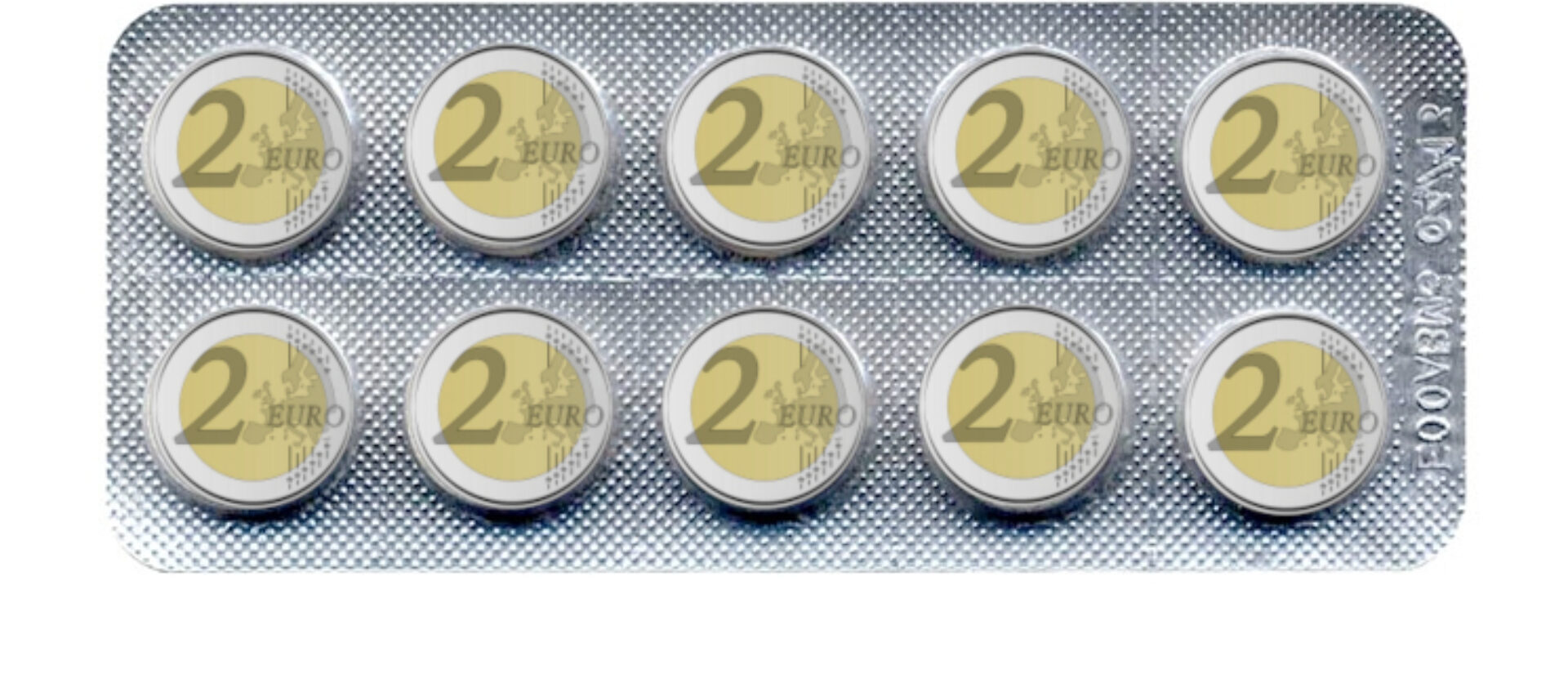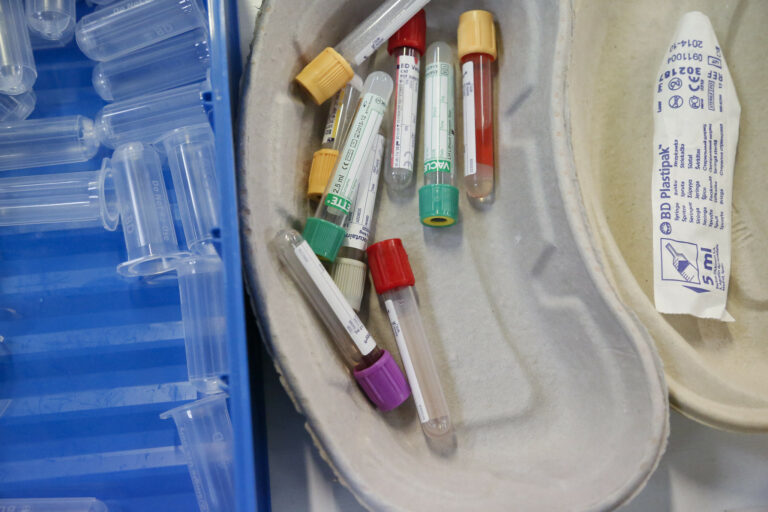
SOMO reveals the financialisation of the pharmaceutical industry and the potentially deadly costs
Research by SOMO into the world’s 27 largest pharmaceutical companies shows that over the past eighteen years, the sector has shifted its focus from being a pharmaceutical producer to an investment industry. The research undermines the industry’s argument that high medicine costs are necessary for drug research and development. This “financialisation” also makes the sector vulnerable to fluctuations in the capital market with potentially major social consequences, as highlighted by the current corona crisis.
From drug producer to investment industry
Private gains we can ill afford
SOMO’s study(opens in new window) shows that large pharmaceutical companies underwent a radical shift in focus between 2000 and 2018. Much more money was invested in financial activities and takeovers, and less and less resources were invested into means of production. The financial reserves (what remains of the profits after the distribution of dividends to shareholders) of the 27 companies analysed by SOMO increased from US$83 billion to US$219 billion in 2018.
Increased indebtedness despite large reserves
Look at the numbers behind the figures
Despite the apparent profitability of this strategy of financialisation, Big Pharma was actually deeply in debt. From 2000 to 2018, the combined debt of the 27 companies included in this research increased from US$60 billion in 2000 to US$518 billion in 2018. In relation to turnover, the level of debt rose from 21 per cent in 2000 to 72 per cent in 2018.
However, this borrowed money was not invested back into the research and development of new drugs or production capacity. Instead it was mainly paid out to shareholders as dividends and spent on share buybacks.
A total of US$1,540 billion was issued to shareholders between 2000 and 2018, of which US$676 billion was spent on repurchasing the company’s own shares and US$864 billion on dividends. At the ten largest pharmaceutical companies, the total distribution of funds to shareholders was 142 percent of that year’s spending on research and development.
SOMO researcher Rodrigo Fernandez said: “It is clear that this is not a long-term strategy but a way of paying out as much as possible to shareholders in as short a time as possible and passing on the costs to society”.
Coronavirus crisis reveals vulnerability of this model
The coronavirus crisis is a good illustration of how vulnerable Big Pharma’s financialisation strategy is. The bussiness model depends on cheap loans and rising stock market prices. Now that these conditions are threatened, the major pharmaceutical companies are left with huge debts and even greater pressure to increase the socially indefensible high profit margins. Big Pharma’s underinvestment in poorly performing but essential medicines and vaccines is now showing the deadly downside of the bussiness model on a global scale. It is governments that are now have to lead the way financially in order to develop a vaccine against the coronavirus.
About the research
SOMO analysed how the 27 largest pharmaceutical companies scored on three indicators revealed in academic literature over the past 18 years:
- The size of the balance sheet (financial reserves and debt);
- The size of shareholder compensation;
- The size of intangible assets in proportion to total assets.
Do you need more information?
-

Rodrigo Fernandez
Senior researcher
Related news
-
 EU health data law rolls out the red carpet for Big TechPosted in category:Long read
EU health data law rolls out the red carpet for Big TechPosted in category:Long read Irene SchipperPublished on:
Irene SchipperPublished on: -
Civil society coalition urges EU to put the interests of patients and citizens at the heart of the European Health Data SpacePosted in category:Published on:Statement
-



